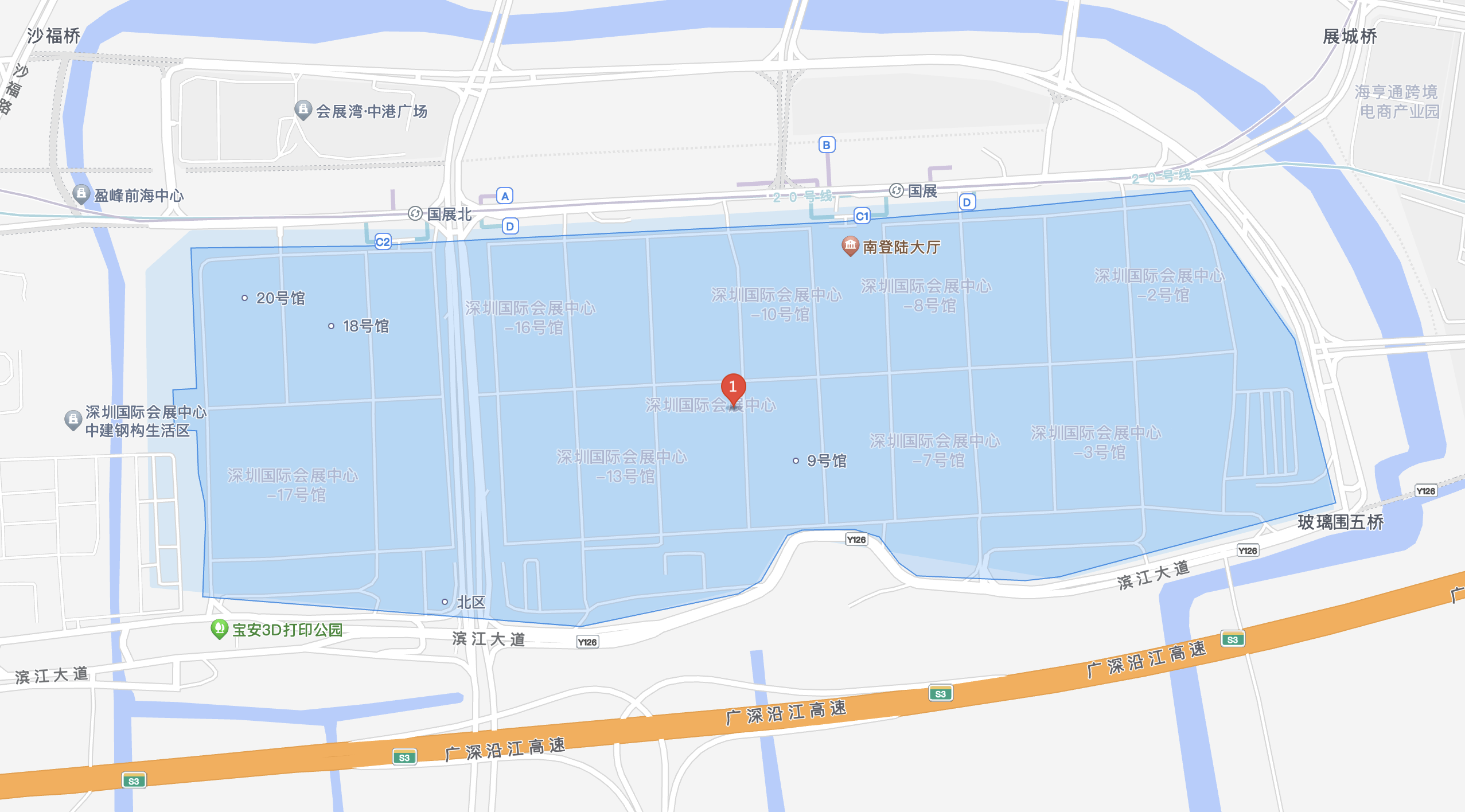Regarding the future impact of agricultural digitalization, Zaslan Madiyev set a specific goal: by 2028, relevant digital technologies will cover at least 50% of agricultural land. This deployment is expected to increase crop yields by 20% to 25%. Leveraging predictive analytics, it will effectively reduce agricultural losses caused by droughts, pests, and other disasters. Furthermore, 90% of livestock nationwide will be implanted with RFID chips, combined with artificial intelligence technology for real-time monitoring. This refined management will further ensure a stable supply of agricultural products and strengthen national food security.
In Zaslan Madiyev's view, the digitalization of the agricultural complex is not only a key means of promoting agricultural modernization but also a concrete implementation of Kazakhstan's response to the global goal of eliminating hunger and enhancing agricultural resilience. Previous reports have also mentioned that Kazakhstan is developing seven national standards for artificial intelligence. These will provide regulatory guidance for the application of AI in agricultural digitalization and other fields, laying the institutional foundation for the deep integration of digital technology and the agricultural industry.
The Role of RFID in Livestock Management
RFID, or radio frequency identification, is a contactless automatic identification technology that uses radio frequency signals to automatically identify targets and obtain relevant data. It offers numerous advantages, including fast recognition speed, high accuracy, strong anti-interference capabilities, and the ability to simultaneously identify multiple targets. In livestock management, RFID technology plays a role throughout the entire life cycle of livestock. First, at birth, a unique RFID chip is implanted in each animal, effectively granting it an "electronic ID card." This "electronic ID card" stores key data such as the animal's breed, date of birth, parental information, and health status. This data can be accessed at any time using dedicated read/write equipment, facilitating precise individual identification and information management.
RFID technology is particularly indispensable in livestock farming. Using RFID technology and related monitoring equipment, staff can monitor livestock movements, food intake, water intake, and other information in real time. For example, RFID readers installed at livestock farms can automatically record the time and frequency of each animal's visits to feeding and drinking areas, thereby determining whether the animals are eating properly. If an animal's diet is abnormal, staff can promptly inspect it to identify any health issues and implement appropriate treatment measures, effectively reducing the incidence and mortality of livestock diseases. RFID technology can also monitor the livestock breeding environment, such as temperature, humidity, and air quality, to ensure that the animals are always living in a suitable environment and improve their growth quality and speed.

RFID technology also plays a vital role in livestock epidemic prevention. Every time livestock undergo vaccinations, deworming, and other epidemic prevention measures, staff promptly enter relevant information, such as vaccine type, vaccination time, and vaccination personnel, into the livestock's RFID chip. This creates a complete and accurate livestock epidemic prevention record. When livestock epidemic prevention status needs to be inspected or traced, simply reading the information from the RFID chip with a reader/writer device quickly reveals each animal's epidemic prevention history. This ensures effective implementation of epidemic prevention measures, effectively preventing the spread of diseases and safeguarding the health and safety of livestock populations.
RFID technology is also crucial in the trading and transportation of livestock. In the past, the lack of effective identification and information traceability during livestock trading made it easy for inferior products to be passed off as genuine products and for diseases to spread. With RFID chips, buyers can obtain detailed information about the livestock's breed, age, health status, and epidemic prevention status, enabling them to make more informed purchasing decisions and mitigate transaction risks. During livestock transportation, RFID readers and writers installed on transport vehicles can monitor the animals' status in real time, such as any unusual activity and normal body temperature. Any abnormalities detected can be promptly notified to relevant personnel for action, ensuring the safety of the animals and minimizing transport losses.
Why Kazakhstan is Promoting the Use of RFID
From a broader perspective, the widespread application of RFID technology in livestock management in Kazakhstan is of immeasurable importance. First, it enables refined livestock management, improving breeding efficiency and management levels. By gaining real-time access to livestock information, staff can develop more scientific and appropriate breeding plans tailored to the specific needs of each animal, such as adjusting feed formulas and optimizing stocking density. This improves livestock growth and product quality, increasing economic benefits for both breeding companies and farmers.
Second, RFID technology helps ensure a stable supply of agricultural products and strengthen the country's food security system. Livestock products are a crucial component of agricultural products, and the stability of their supply is directly linked to national food security and livelihood security. Real-time monitoring and precise management of livestock can effectively reduce mortality rates, increase livestock inventory and output, ensure a continuous and stable supply of livestock products to the market, meet the consumption needs of the people, and provide strong support for the development of the national food security system.
The application of RFID technology can also enhance the overall competitiveness of Kazakhstan's agriculture and promote agricultural modernization. In today's globalized context, agricultural competitiveness is reflected not only in the output and quality of agricultural products, but also in the technological content and management level of agricultural production. As an advanced digital technology, its widespread application in the agricultural sector can significantly enhance the technological content and management level of Kazakhstan's agriculture, making agricultural production more standardized, intelligent, and competitive, thereby gaining a more advantageous position in the international agricultural product market and accelerating the modernization of Kazakhstan's agriculture.
Furthermore, the combination of RFID and artificial intelligence can provide strong support for the sustainable development of Kazakhstan's agriculture. By collecting, analyzing, and mining large amounts of livestock-related data, artificial intelligence technology can uncover potential information, such as patterns in livestock growth and disease outbreaks, providing a more scientific and accurate basis for agricultural production decisions. For example, by analyzing historical disease and environmental data, the risk of disease outbreaks can be predicted, allowing preventive measures to be taken in advance and minimizing losses caused by disease. By analyzing livestock growth and feed consumption data, feed formulations can be optimized, reducing feed costs, minimizing resource waste, and ultimately achieving sustainable agricultural development.


















